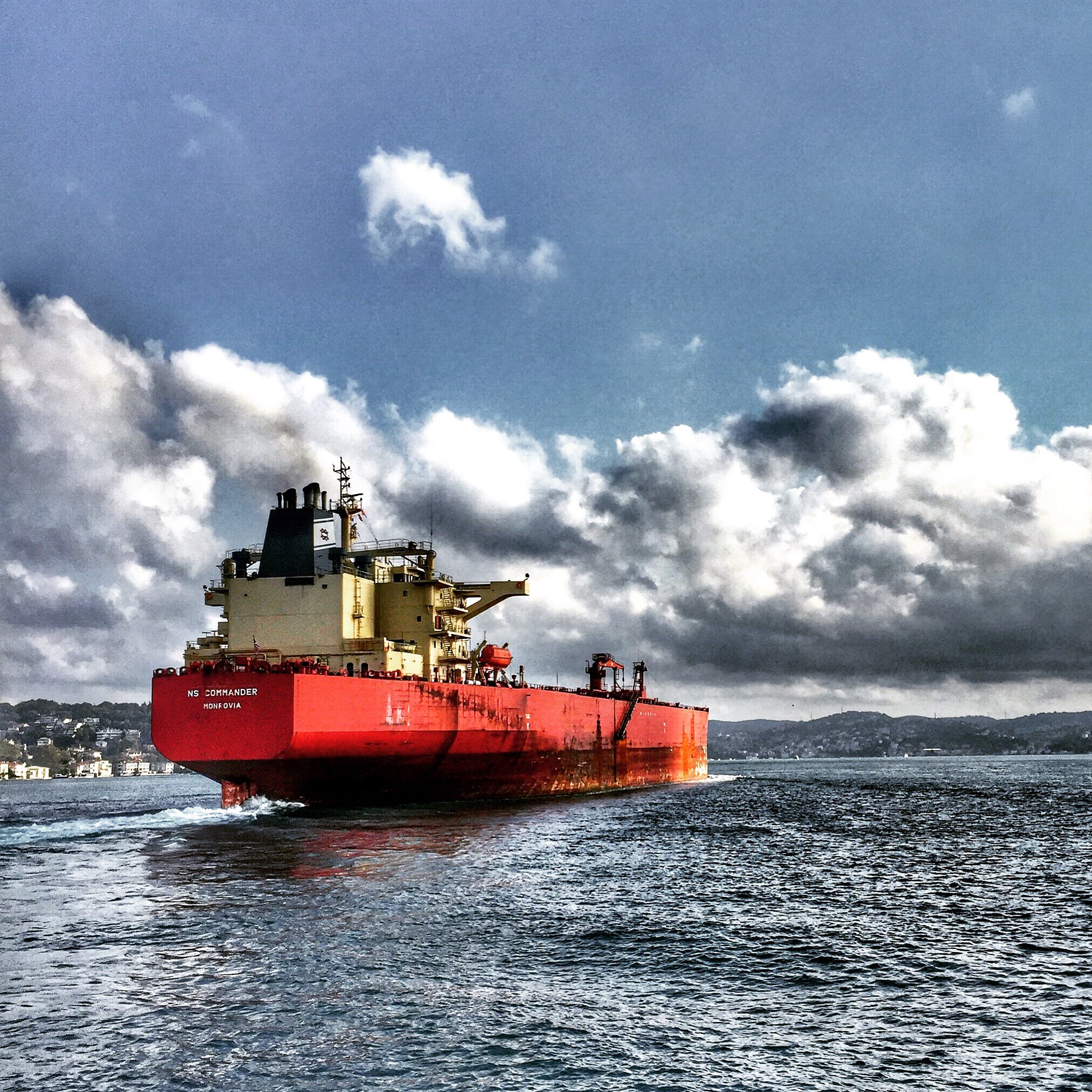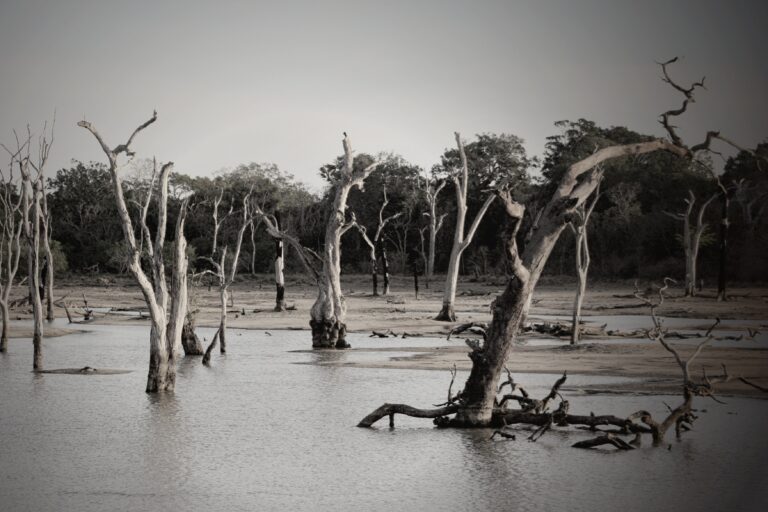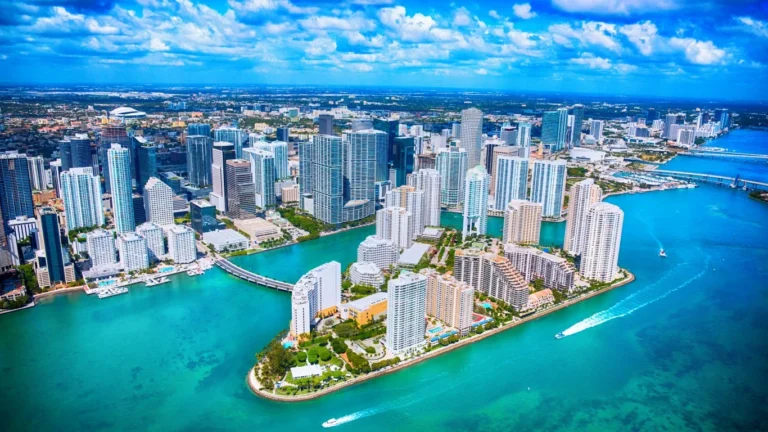What Happens To Thin Ice On The Great Lakes?

The ice cover on the Great Lakes is now the lowest it has been in five decades. Most years, millions of dollars are spent on the ice-breaking process. This money may remain in the bank this year.
The NOAA CoastWatch Great Lakes Regional Node keeps an annual “Average Ice Concentration” record by season. The data is complex. A Washington Post review of the information and conversations with the researchers who interpret it concluded that the ice coverage of the lakes as of New Year’s Day levels this year was so low that the annual total thickness of the ice is likely to be well below average in 2024.
Without a doubt, the reason for the thin ice is global warming. “It’s an extreme number. That said, it is early in the season, and there is year-to-year variability. But on average, we are seeing less ice cover and shorter seasons.” James Kessler, a physical scientist at the National Oceanic and Atmospheric Administration’s Great Lakes Environmental Research Laboratory (GLERL), told the Post.
The cost of climate change has been estimated to be as high as $143 billion a year. Inadequate ice breaking on the Great Lakes costs the economy an extremely modest $200 million annually. This loss is primarily because of delayed shipping across the lakes. At certain times, parts of the Great Lakes are frozen to the point where commercial ships’ passage is impossible. Lake freighters carry iron ore, grain, and stone from the Northwest corner of Lake Superior as far south as the St. Lawrence Seaway. These cargo ships are so large that they can not be replaced by trucks or rail at a distance of over 1000 miles.
In 2024, these ships should have uninterrupted passage because there will be little or no ice cover on the Great Lakes. This will save a great deal of money.
If the ice becomes a shipping problem again, the government has found a way to spend money to open the lakes to commerce each winter. The $858 billion Defense Authorization Act for 2023 includes the Great Lakes Winter Commerce Act. It includes a budget for a new $350 million icebreaker. This will be money well spent…only if the ice returns.
More from ClimateCrisis 247
- Dust Storm Triggers Las Vegas Blackout
- Phoenix Posts 13 Days Over 110 Degrees
- Florida Homeowners Face Drastic Home Price Cuts
- Tampa Real Estate Continues To Fall As Miami Softens






